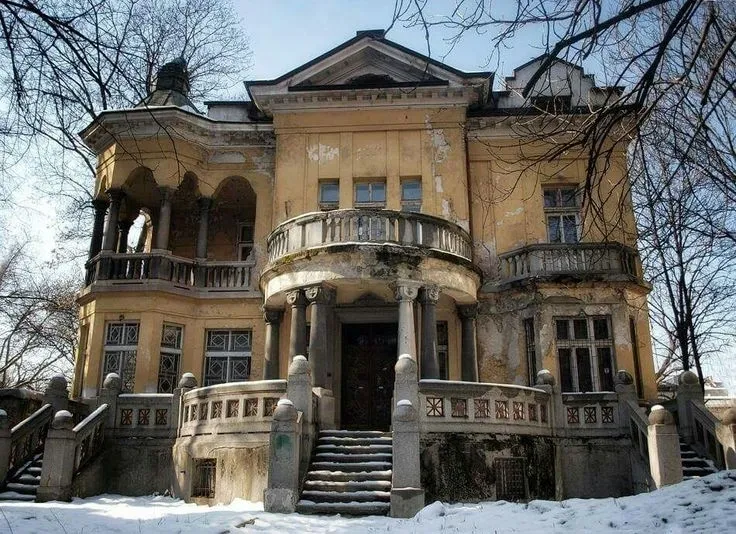In the late 1920s, banker Dimitar Ivanov and his wife Nadezhda Stankovic commissioned the construction of a grand residence. Indoors, the focal point was a striking red marble fireplace in the reception hall, accompanied by a raised platform for musicians and elegant crystal glasses on the interior doors. The house featured multiple bedrooms, charming terraces, a spacious study, and essential service areas. Although no original furniture remains, historical records suggest that affluent residents of Sofia during that era favored pieces imported from Central and Western Europe.


Outside, a sizable front yard faced the street, enclosed by an exquisite wrought iron fence separating it from the sidewalk. A grand triple staircase led to the entrance, with specially designed portals for carriages on either side of the yard. Guests would arrive in carriages, passing through one portal as they entered, with horses and carriages discreetly housed behind the residence until departure.



The Ivanov family enjoyed years of happiness in their home until 1944 when it was seized by the state after the war. Initially serving as the residence of the Romanian embassy, the property later became the commercial representation of the USSR in Bulgaria. Over time, it also housed various communist organizations, though the exact nature remains ambiguous.


In the 1990s, the house was rightfully returned to the heir of its original owner, banker Dimitar Ivanov. However, since 2004, it has been owned by Valentin Zlatev, the director of Lukoil, who has shown no apparent interest in preserving this cultural landmark. Despite its rich history, the once-magnificent house, which lay in ruins for decades, now stands as a poignant symbol of neglect and decline.



